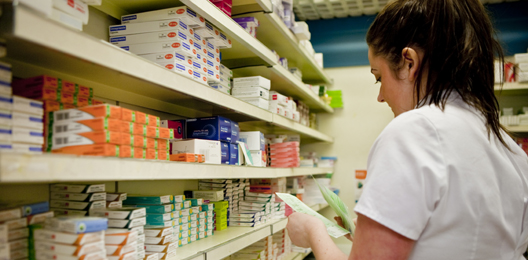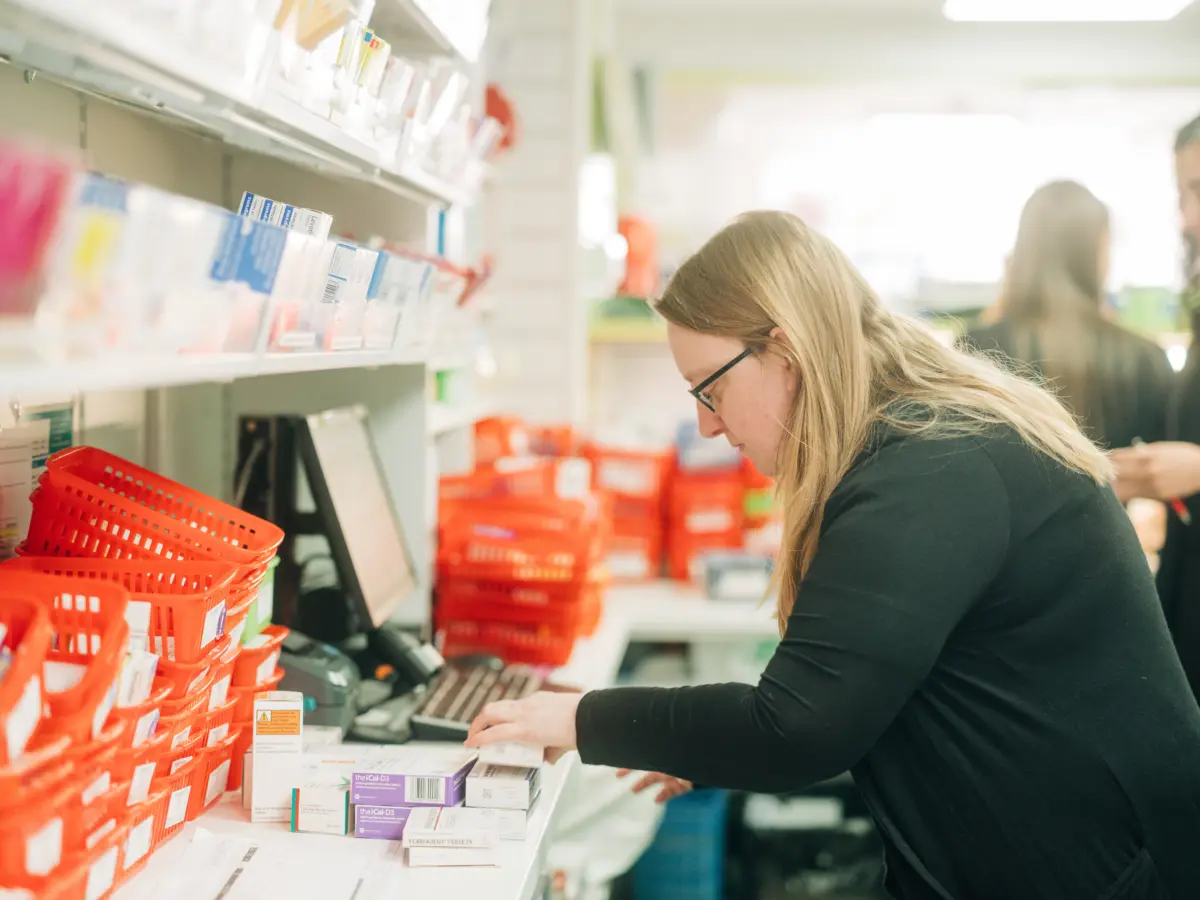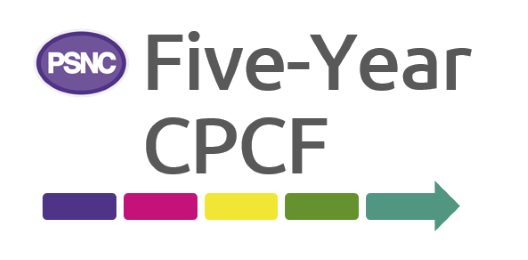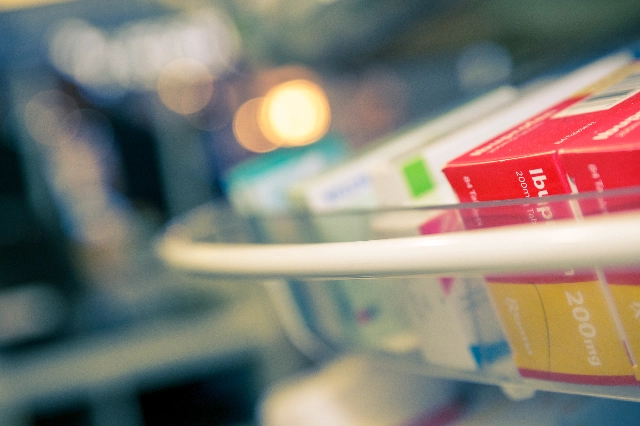Transitional Payment adjustments and new Flat Payment in 2022/23 and 2023/24
This update is intended to provide community pharmacy contractors with additional information regarding the expected trajectory for Transitional Payments during the remaining months of 2022/23, and heading into 2023/24. It contains information on:
- Changes to the amount of funding delivered to contractors through Transitional Payments
- Changes to the methodology for setting the Transitional Payments
- Introduction of a new flat payment to all pharmacies dispensing more than 101 prescription items per month
Please read on for further details.
Please note in addition to this update we will shortly issue further communications regarding the delivery of the £100m margin excess that was written off as part of the 2022/23 and 2023/24 funding agreement.
Transitional Payments in November 2022
In November 2022, Transitional Payment levels will reduce to approximately 75% of the value they were between April and September 2022. The table of payments which will appear in the November 2022 Drug Tariff is shown below:
| Number of items per month from 1 November 2022 | Monthly Dispensing Payment of the Transitional Payment from 1 November 2022 | Monthly Service Payment of the Transitional Payment from 1 November 2022 |
| 0 – 100 | £0 | £0 |
| 101 – 2,500 | £46.19 | £46.19 |
| 2,501 – 5,000 | £538.16 | £538.16 |
| 5,001 – 12,500 | £679.05 | £679.05 |
| 12,501 – 19,167 | £736.02 | £736.02 |
| 19,168+ | £764.51 | £764.51 |
Expected further reductions in Transitional Payments
From April 2022 until September 2022, approximately £16.5m of funding per month was delivered to contractors via the Transitional Payments. In October 2022, Transitional Payment levels were reduced so that approximately £14m would be delivered (c.85% of the Apr-Sep 2022 monthly amount).
In November 2022, Transitional Payment levels will reduce further, so that approximately £12.5m of funding will be delivered to contractors (c.75% of the Apr-Sep 2022 monthly amount).
The total amount of funding available to distribute via the Transitional Payments will reduce further from December 2022 onwards. The table below outlines the approximate expected amounts of funding that will be available to distribute via Transitional Payments. These estimates have been provided by the Department of Health and Social Care (DHSC) and validated by PSNC, however they are subject to change based on the out-turn of service payments and dispensing volumes.
| Amount per month | Amount as % of Apr-Sep 2022 | |
| Apr – Sep 2022 | £16.5m | 100% |
| Oct 2022 | £14m | 85% |
| Nov 2022 | £12.5m | 75% |
| Dec 2022 | £7.5m | 45% |
| Jan – Mar 2023 | £2.5m | 15% |
| Apr 2023 – Mar 2024 | £2.5m | 15% |
Why are there changes to Transitional Payments?
It was previously announced that the value of Transitional Payments was reducing in October 2022, and that further reductions should be expected in the remaining months of the contract year 2022/23.
See: Margin and fee adjustments for 2022/23 and 2023/24
Transitional Payments are the temporary mechanism that was introduced at the start of the five-year Community Pharmacy Contractual Framework (CPCF) settlement in 2019/20, with the intended purpose of supporting contractor’s preparations for a more service-based role. These were funded from the ‘unallocated funding’ that was part of the CPCF funding envelope, i.e. funding that was intended to be delivered to contractors but was not direct remuneration for any services or dispensing activity.
Transitional Payments were intended to be in place for two years, however PSNC was successful in negotiating an extension of these payments which are now expected to be in place until the end of the five-year CPCF agreement (March 2024). However, the amount of funding available within the CPCF funding envelope to fund the Transitional Payments is reduced in 2022/23 and 2023/24, for two main reasons:
- New services have been introduced and their uptake has accelerated, using up the unallocated CPCF funding; and
- A new flat payment will be introduced in 2023/24, funded from the unallocated CPCF funding.
As the delivery of funding to contractors via service payments and the new flat payment uses up the unallocated funding, funding delivery via Transitional Payments will consequently decrease. This is visualised in the following chart:
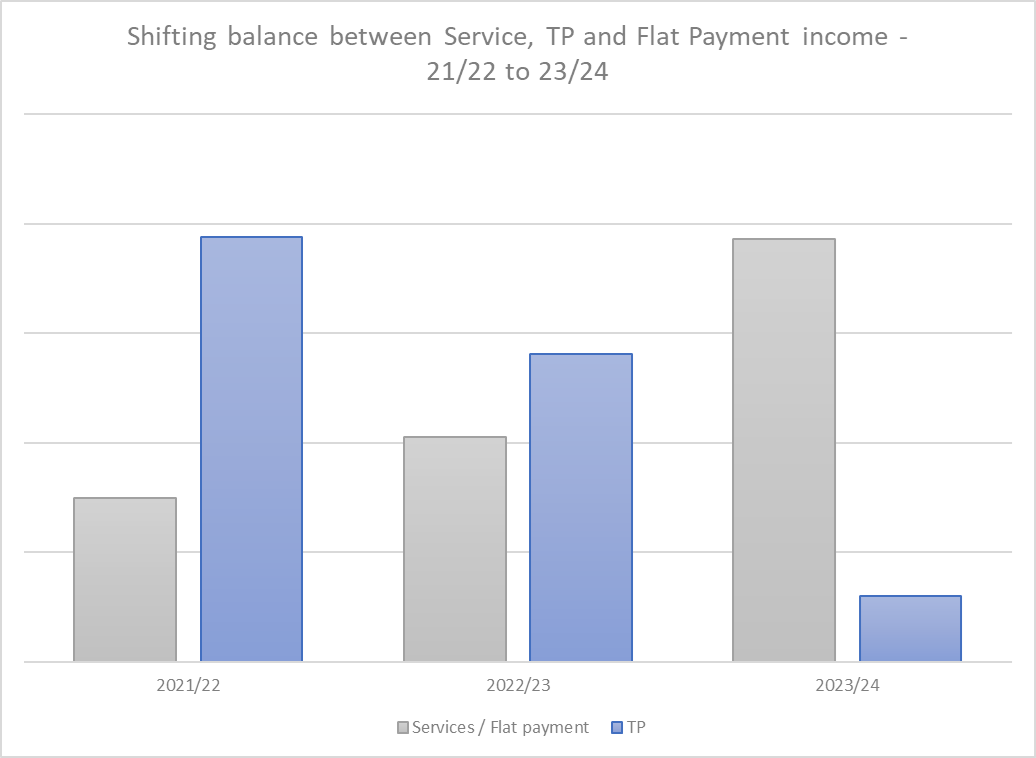
NB. Fee out-turn in 2021/22 resulted in an overspend of approximately £26m, which is reconciled in 2023/24 via adjustment of the Transitional Payment target.
Change in distribution mechanism of Transitional Payments from December 2022
From December 2022, there will be a change in how funding for Transitional Payments is allocated and distributed to contractors.
Up until November 2022, the Transitional Payments are made up of a ‘Dispensing Payment’ and a ‘Service Payment’ which are of fixed equal values (value dependent on each contractor’s dispensing volume band).
To qualify for the Service Payment, contractors need to meet certain criteria such as providing at least 1 NMS in the previous dispensing month, and being registered to provide the Community Pharmacist Consultation Service (CPCS) for at least half the full days of the previous dispensing month.
From December 2022, the split of funding will be rebalanced towards the Service Payment and away from the Dispensing Payment. 25% of available funding for Transitional Payments will go into the Dispensing Payment, and continue to be linked to contractors’ dispensing volumes. Service Payments will make up 75% of available funding for Transitional Payments. This change was announced as part of the CPCF arrangements for 2022/23 and 2023/24.
The Dispensing Payment will continue to be a fixed value, dependent on each contractor’s dispensing volume band. The Service Payment will be a variable amount, calculated based on the total income received for advanced services provided (with some exclusions – see below).
Calculation of Service Payment in December 2022 and beyond
The amount an individual contractor receives for their Service Payment will be calculated as a percentage of the contractor’s advanced service payments in the previous month (not including the Seasonal Influenza Vaccination Service, any set-up payments, or incentive payments for the Hypertension Case-Finding Service).
Contractors will also receive an additional 5% of their advanced service payments in the previous month, if they were registered to provide CPCS for every day of the previous month.
DHSC and PSNC have agreed that for December 2022, the Service Payment will be equivalent to 63% of the value of a contractor’s advanced service payments in November 2022. For contractors who were registered to provide CPCS for every full day in November, the December 2022 Service Payment will be the equivalent of 68% of their advanced service payments in November 2022 (i.e. the baseline 63% plus an additional 5%).
The full table outlining Transitional Payments for December 2022 is shown below:
| Number of items per month | Monthly Dispensing Payment of the Transitional Payment from 1 December 2022 | Monthly Services Payment of the Transitional Payment from 1 December 2022 | |
| All Contractors | Contractors registered for CPCS for whole of November 2022 | ||
| 0 – 100 | £0.00 | £0.00 | £0.00 |
| 101 – 2,500 | £12.53 | 63% of contractor’s total advanced services’ payments in November 2022 | 5% of contractor’s total advanced services’ payments in November 2022 |
| 2,501 – 5,000 | £146.01 | ||
| 5,001 – 12,500 | £184.24 | ||
| 12,501 – 19,167 | £199.69 | ||
| 19,168+ | £207.42 | ||
The payments that will apply for months beyond December 2022 have not yet been determined, as these will be dependent on projections for the amount of advanced service payments made to contractors, and the amount of funding available to distribute. These payments will be calculated as soon as possible, in order to provide as much notice to contractors as possible.
Flat Payment (new)
From April 2023, a new flat payment will be made to all contractors dispensing at least 101 items per month. The total funding allocation for the flat payment will be £70m annually. The precise value of these payments has not yet been determined, however as an example, if 11,000 pharmacies were to qualify then the payments would be worth approximately £530 per month to contractors.

